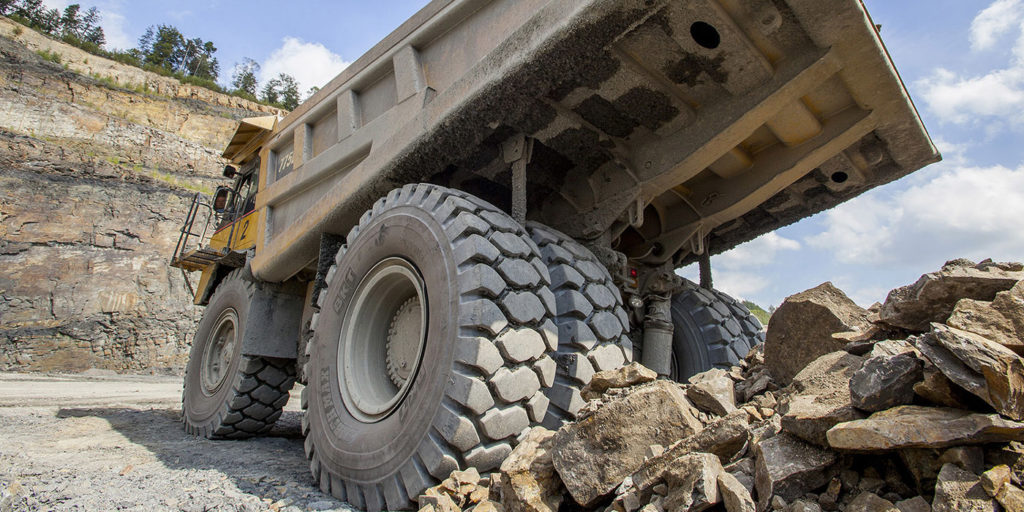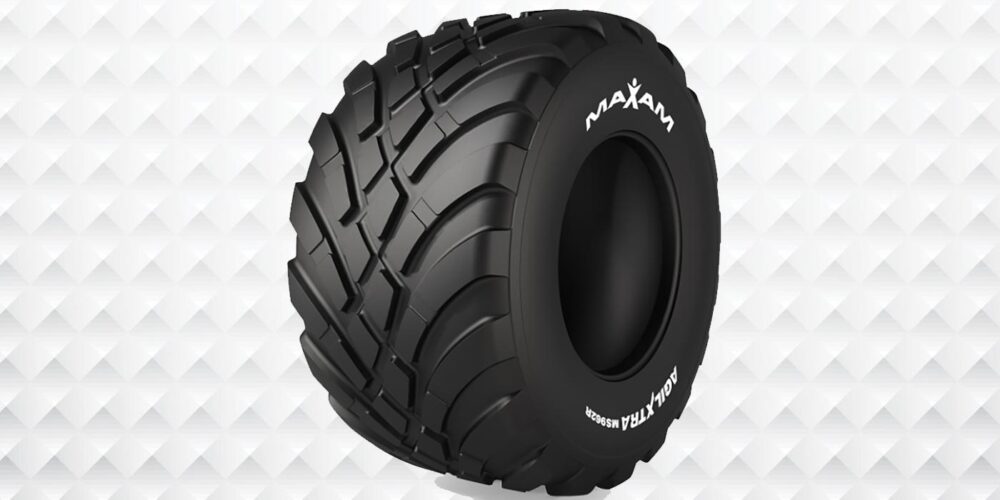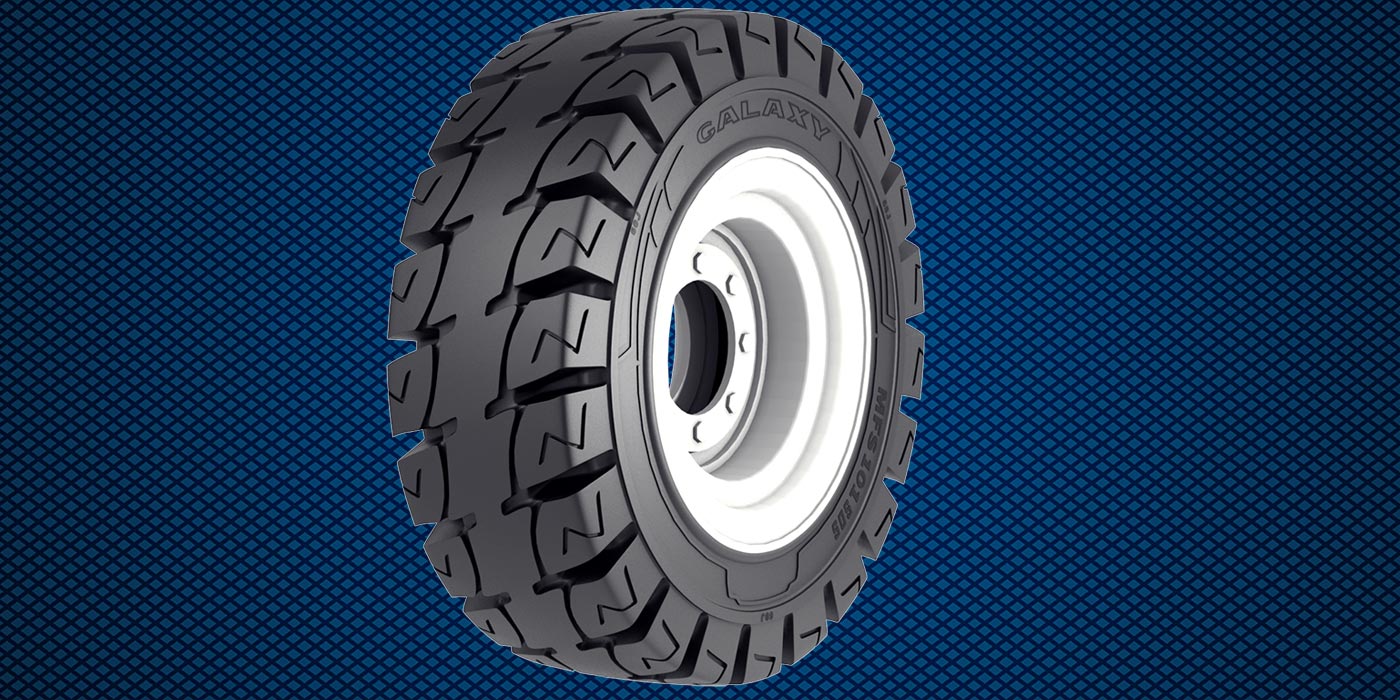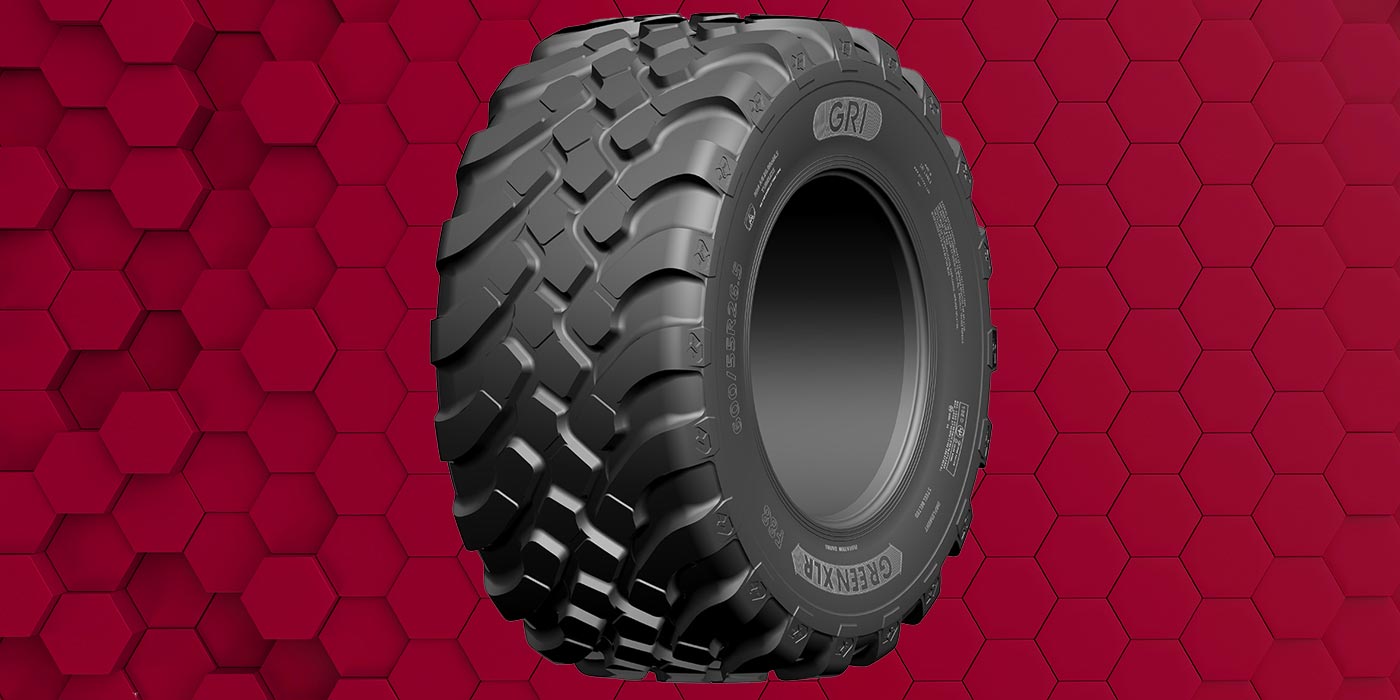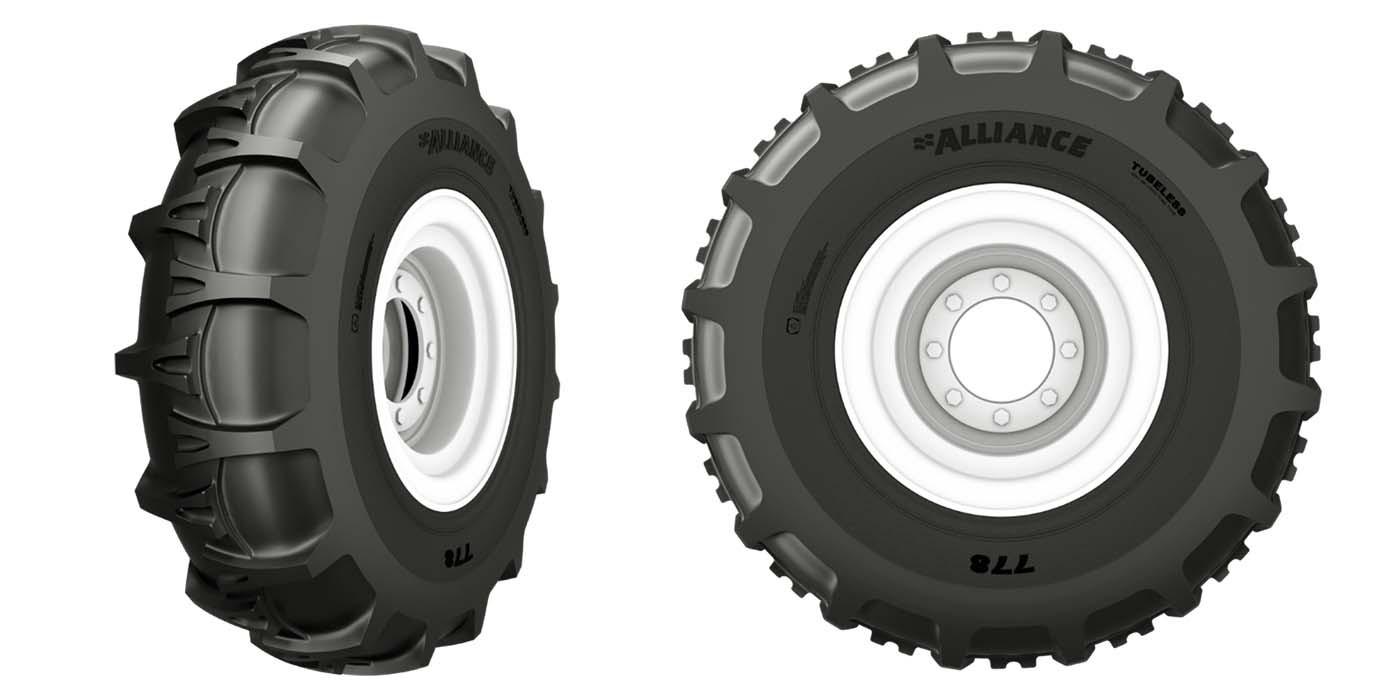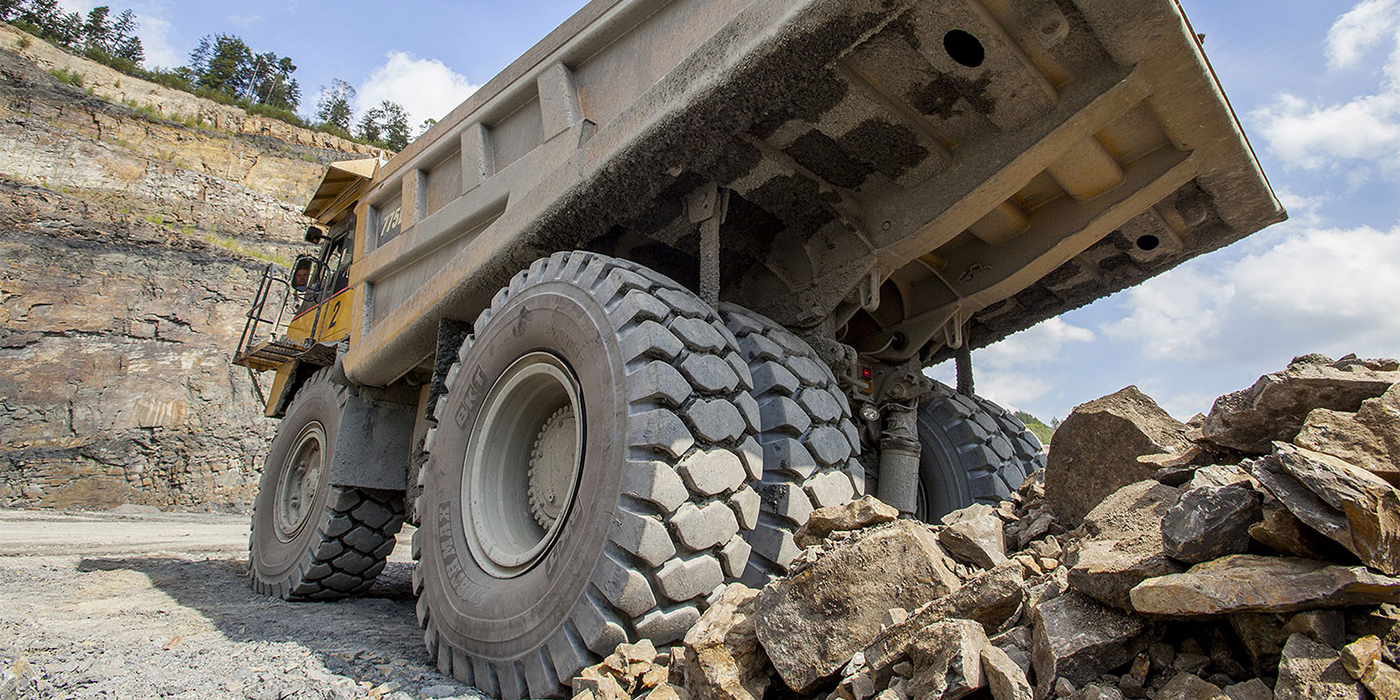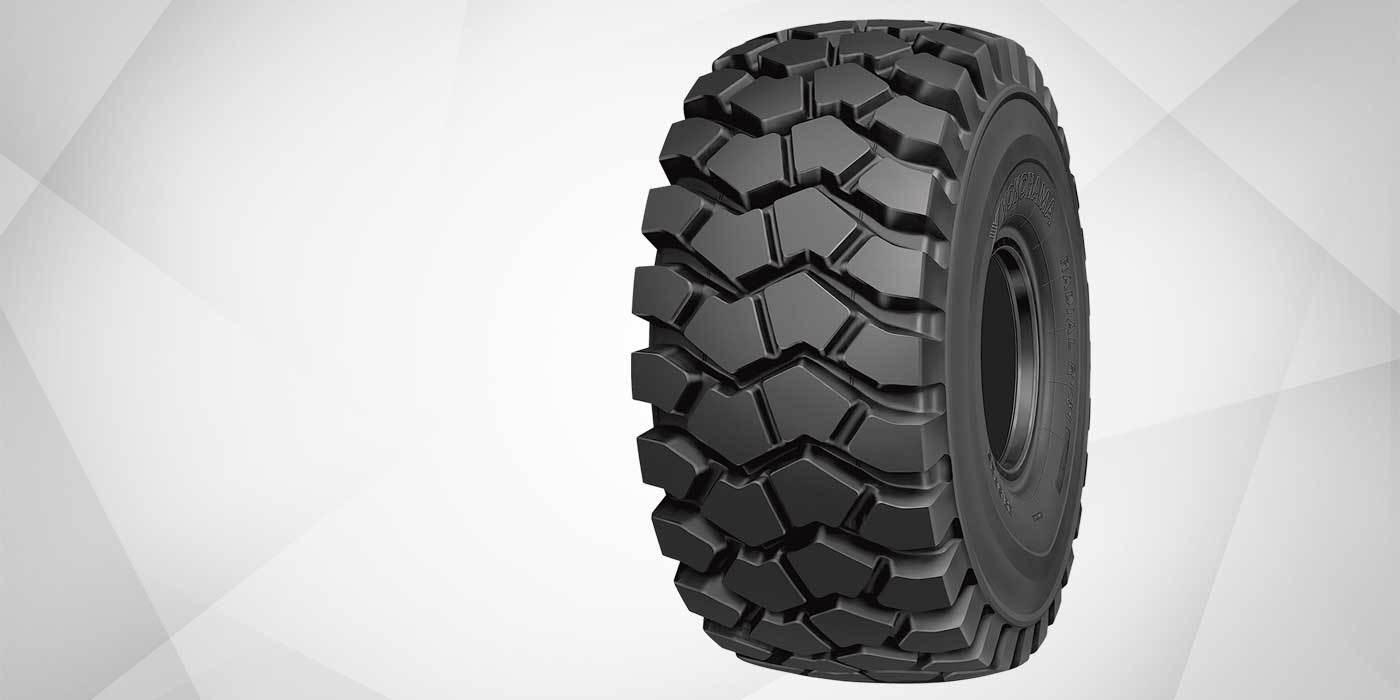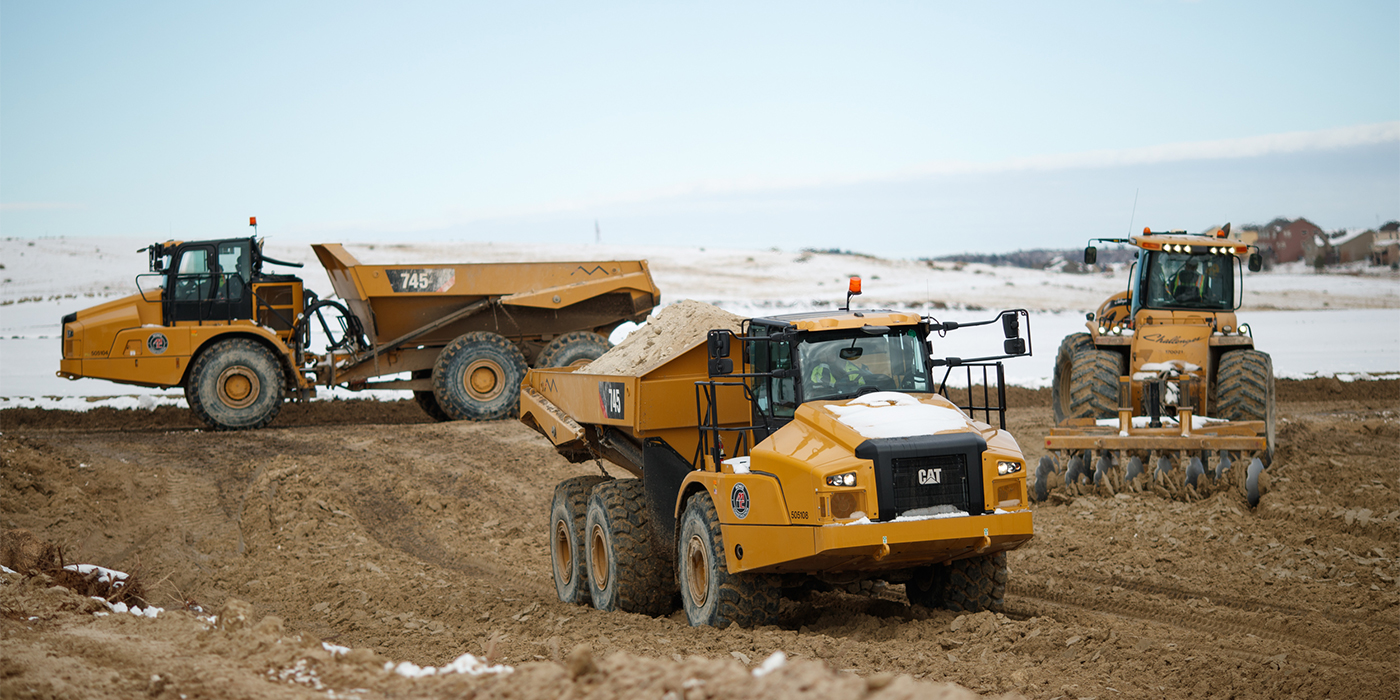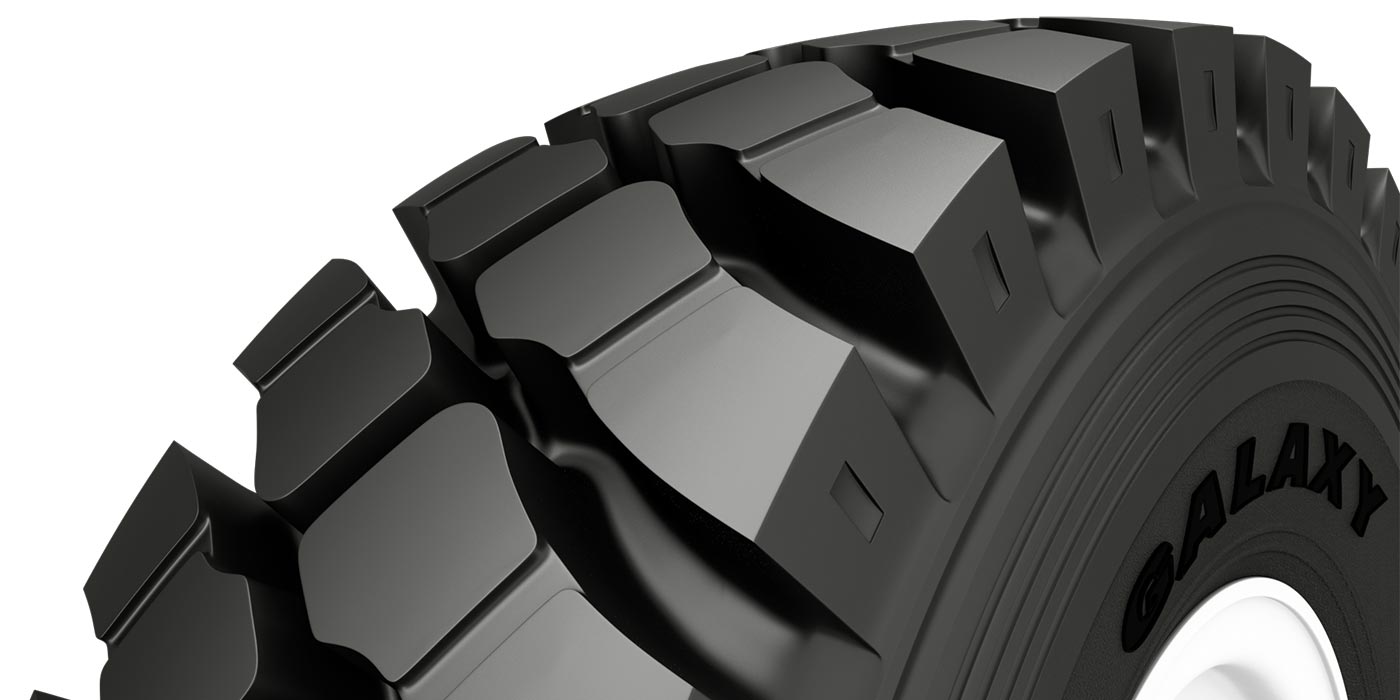Proper tire care is a very important part of improving a company’s bottom line. A tire maintenance program can lead to huge savings in the long run. Tires are the third largest operating cost for heavy equipment, so it is essential to take care of them properly.
Downtime costs time and money, so it’s just as important for a small contractor, as well as a large fleet company, to maximize the operating costs of their equipment.
Even more significant than the cost savings of a good tire maintenance program is that well-maintained tires are much safer, especially in places like mines, quarries and construction sites.
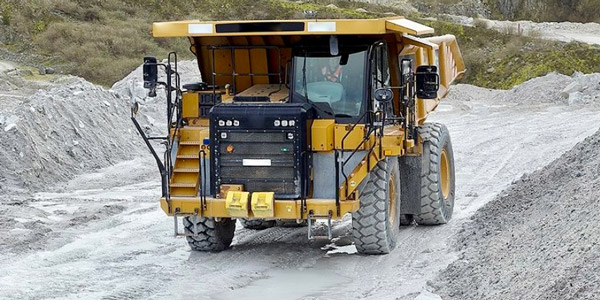
Tracking your tires’ performance is very important in tire maintenance. There are many ways to record the performance of your tires. Some companies track by recording the mounting hours on and off and calculating the cost per hour. Others track the same with mileage on and off and calculate the cost-per-mile run, while some track the total tons of material moved or cost per ton.
It is important to keep track of the environmental conditions the tires are being used in and which brands are performing the longest and most efficiently. Tracking unexpected failures can help shed light on tire issues, poor maintenance, poor haul roads, weather conditions, and, ultimately, provides answers to eliminate premature failures.
Tire vendors are able to provide monitoring services for some of their larger fleets. Tire pressure monitoring systems use tracking software programs that create reports and calculations in real-time on air pressure and tire temperature fluctuations, or changes that send out alerts to dealers and end-users when immediate action needs to be taken. Smaller companies and fleets should rely on their servicing tire dealers for guidance on the proper tire choice, tire care and tire tracking.
Training can have a big effect on proper tire care, so it is important for companies and contractors to provide continuous training to their employees on the proper care of tires and equipment. Tire abuse and misapplication are leading causes that decrease the life of a tire. Equipment operators should take ownership of the equipment to avoid abusive and harsh conditions. It is important to know the proper tires to use in specific terrains and applications and what the weight capacities, haul speeds and length-of-haul limitations are for the tires. This is of critical importance in order to get the most return on the investment from your tires.
Operators need to identify what conditions are more prone to damaging tires, such as running over debris, wet conditions, high temperatures, static steering and counter-rotation. There are also hot conditions that can leave rubber on the pavement every time the wheel is turned.
Proper vehicle maintenance also plays a large role in proper tire maintenance. Equipment that is not kept in proper alignment can cause premature tire wear, and can also degrade the vehicle’s struts. Making sure rock knockers are in place and working properly can keep rear tires from suffering rock damage.
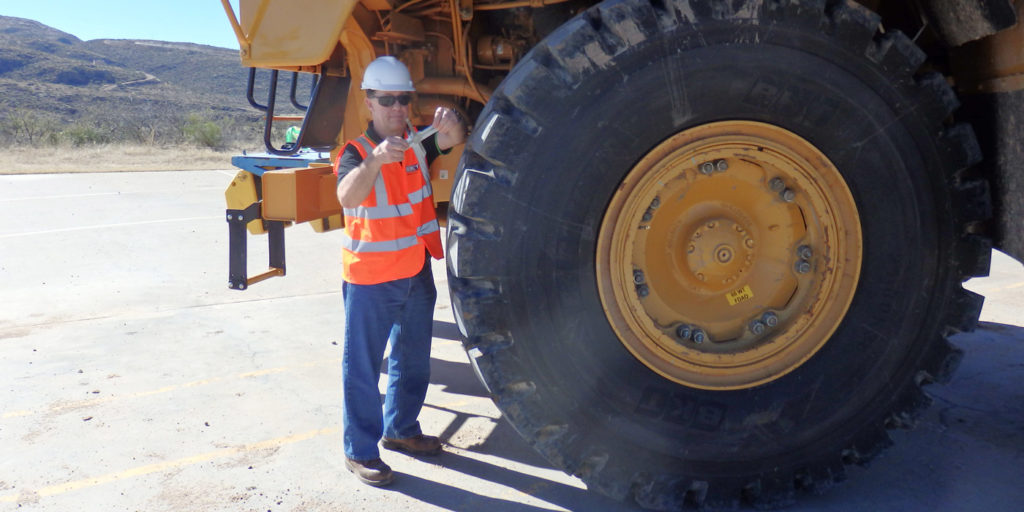
Checking for correct tire pressure is also a tire maintenance daily best practice, following these guidelines:
- Fleets should have a master gauge on site to calibrate all other air gauges to ensure accuracy.
- All drivers should have a tire pressure gauge to inspect the tires for signs of irregular wear and tear.
- Be sure that the valve caps are secure and that the tire pressures are precise for the load the vehicle is designed to carry.
- Look for signs of irregular wear and tear. Cutting and chunking will cause tire failure. Deep cracks will allow debris penetration.
- Wheels, cracked studs, missing or loose bolts should also be examined for damage.
- Lug nuts should be tightened to the correct specifications and no dirt or debris should be left on the rims and weights.
With the heavy construction market trending toward larger and heavier equipment, tires are being designed to accommodate the heavier loads, making OTR tires an even larger investment for contractors and mining companies. With increasing raw material costs, as well as an uncertain pandemic economy, protecting the operating costs of the equipment has become even more critical. By creating good daily practices and regular maintenance programs, companies can get the best return on their investments.
To read the full January 2021 issue, click here.

